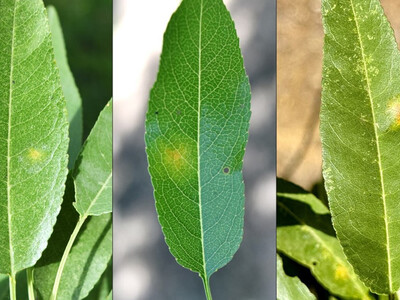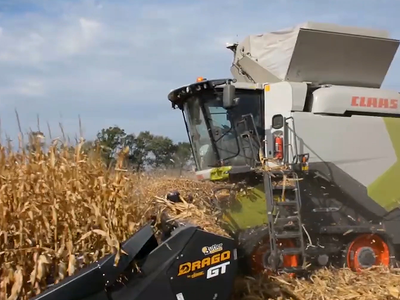Colorado Corn Sees T-Yields Shift
The Colorado Corn Growers Association (CCGA) says one of its top priorities has largely though not entirely been achieved.Based on the concerns of farmers, especially those with limited Actual Production History (APH), CCGA’s Public Policy Committee succeeded in narrowing the gap between Transitional Yields or T-Yields and actual yields.
Colorado Corn spokeswoman Kim Reddin explains growers use Transitional Yield in place of Actual Yield in a year when crop failures occur due to hail, drought or other issues.
Reddin: “If the T Yields are not close to what your normal yields usually are it’s not very helpful. Risk management agencies use these yields and T-Yields when you’re enrolled in an insurance program when you have an unusual situation which in Colorado isn’t all that unusual with hail or drought. Then you use these T-Yields and if you’re a younger producer sometimes you have to use these Transitional Yields until you have ten years of yield in your own operation on a specific crop. They had not been reviewed in over six years.”
After explaining their concerns with the Risk Management Agency in DC, Colorado Corn Growers were told the adjustment limit would increase from the standard 10% to 20%. And, when enough actuarial data was available, RMA would adjust as high as 40%.
While that is good news for Colorado, the CCGA says that several counties in Eastern Colorado still face a 70% value disparity compared to similar corn producing counties outside the state. It will continue working with RMA on T-Yields.


















